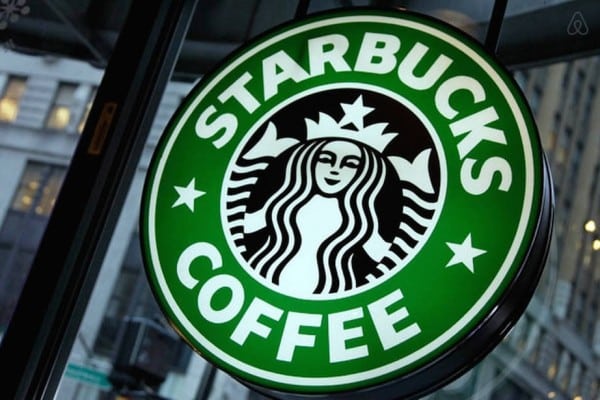
Right or wrong, the media is in the crosshairs. The White House targets the press regularly. Distrust in the media is rising, according to the Edelman Trust Barometer and journalists themselves feel they’re “struggling to maintain” the public trust, a new report from Cision says. With media in a precarious state, Starbucks’ SVP, global communications & international public affairs Corey duBrowa believes it’s important for brands to have an alternative to media and create content themselves. He discussed this during the Arthur W. Page Society’s New CCO podcast ( PRNP, Mar. 6). We asked duBrowa about that, storytelling, integration and what challenges are ahead.

During the podcast, duBrowa spends the majority of his time explaining Upstanders—content the brand has created in several formats that tells stories of socially active citizens in the Starbucks community. We asked what else Starbucks is doing to create content and how it’s organizing its communications team to work on such projects: “Another great example of us taking some risks and creating original content that can be distributed across a number of platforms is the First and Main series, which was conceived in partnership with a couple of amazing writers who used to contribute to The Simpsons. It’s completely different in look, tone and feel from Upstanders, but equally effective in terms of leveraging our Starbucks app and mobile customer engagement at scale. [http://bit.ly/2oix7Dk]
“In terms of our org chart, I will simply say we are definitely investing in what I would call a content engine team that is becoming a bigger and more critical part of how we go to market, so to speak, within our global communications ecosystem.”
Top Issues for Brand Communicators
What about hurdles? The two biggest issues facing brand communicators was our next question. “We talked about this a bit on the podcast. Fake news is a very real phenomenon. I thought Scott Pelley’s 60 Minutes segment [Mar. 26, http://bit.ly/2oq3ugw] was something of a flare gun, warning the industry that it is not just a catchphrase on Twitter, but a real phenomenon. What’s the old phrase? ‘A lie can travel around the world in the time it takes the truth to tie its shoes.’ That’s never been truer than it is today. So telling your truth, your way, is increasingly critical to our brand stewardship role.”
“My second thought we also touched upon in the podcast—I wouldn’t call it an issue but rather an opportunity. We’re at a time in which trust is essentially in crisis. Edelman’s Trust Barometer this year essentially shows all four of its key pillars – media, government, NGOs, business – going in the wrong direction trust-wise....The one bright spot in the survey was that employee voices are emerging around the world as the most trusted within any given company.
“We have actively been building a digital employee-engagement system for years at Starbucks, including very active use of social media. My metaphor for this is having a family meeting at a picnic table in a park—a private dialogue conducted in a public space. I’m here to tell you that Workplace by Facebook, in particular, has changed the way we engage with our partners and the way we work around the company, as more direct engagement and feedback become possible with Workplace deployment. It’s become an absolute catalytic game-changer for us.”
You, the PR News Pro reader, often tell us you’re struggling to integrate social PR and traditional, face-to-face PR. It’s less of an issue at Starbucks. “I think we see the evolving world of digital versus traditional as part of one, big continuum called influence, where up-and-coming outlets such as BuzzFeed hold as much sway, if not more, with key audiences than traditional media, such as the New York Timesor a wire service. The thing we all need to keep in mind is that we are in the business of storytelling – with protagonists, conflict, universal truths and everything that has made stories so core to our humanity since back when they were only shared verbally or painted on walls. We might tell a story differently with Eater or Hello,\ Giggles than we would with the Wall Street Journal, but the precepts are the same: mission, purpose, values, truth, transparency.”
Leaving the Press Release
We went back to storytelling and dug deeper on a comment duBrowa made during the podcast. How do you get communicators to exit press release PR? “Probably by asking, ‘What business problems are you trying to solve with communication?’ If turning the volume knob way up to the point of deafness is your only answer to that question, then I guess a press release is the one tool you might think of to deploy.”
“If you start parsing your outcomes to include other elements like tone, or what kind of action your communication was able to generate with your audiences(s), then you start thinking of other solutions—our entire Newsroom is full of people-stories that tell you more about who Starbucks is and why than what we’re selling. That has made a big difference for us and helped keep our brand relevant, even as we have opened in more markets...each year I’ve been a partner, going on eight, now.” [news.starbucks.com/]
Stories about who and why over stories about products being sold. That’s a refreshing change.
CONTACT: [email protected]
